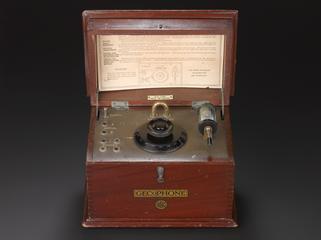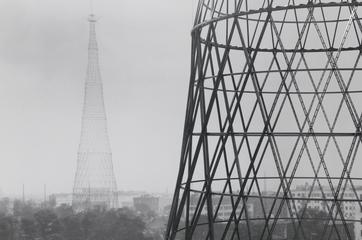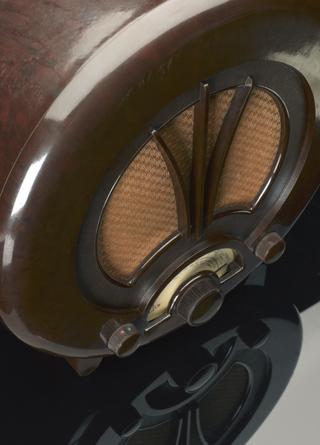
Aerial inductances, 1901
- Made:
- 1901 in Chelmsford
- maker:
- Marconi Company Limited

Four aerial inductances, wired together, used in Newfoundland in series with the balloon and kite aerials for tuning to the Poldhu (Cornwall) transmitted wavelength for the first wireless communication across the Atlantic, probably made by Marconi's Wireless Telegraphy Company, Chelmsford, Essex, England, December 1901.
In December 1901 Guglielmo Marconi claimed to have received wireless telegraphy signals in Newfoundland transmitted across the Atlantic from Poldhu in Cornwall, UK. Because no inked record could be made of the received signals, commentators were initially sceptical until Marconi achieved something very similar in front of independent witnesses a few months later. These aerial inductance coils were used for tuning the receiving aerial in Newfoundland. This was suspended from balloons and kites after the fixed aerial masts were destroyed in a gale. Whether they were actually in the aerial circuit when the signals were heard is difficult to judge because the detector eventually used required an untuned circuit.
Details
- Category:
- Radio Communication
- Object Number:
- 1923-434/8
- Materials:
- cardboard, copper (alloy), wax and textile
- Measurements:
-
overall: 116 mm 27 mm,
- type:
- inductor
- credit:
- Donated by the Institution of Electrical Engineers




